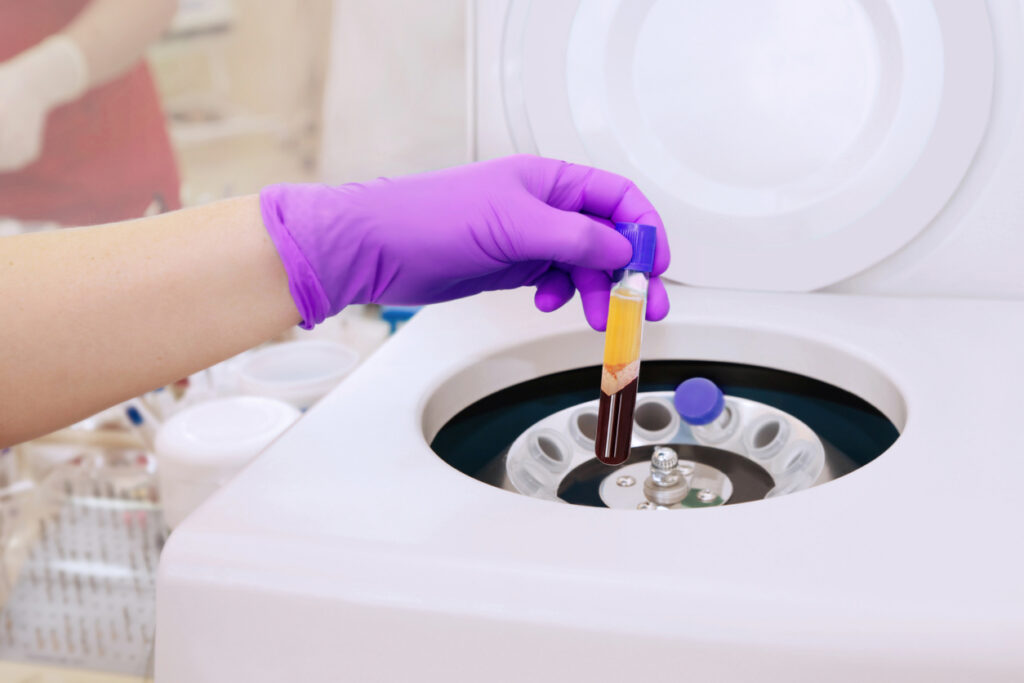The federal Centers for Disease Control and Prevention (CDC) is sounding an alarm over three women who were diagnosed with HIV after getting “vampire facial” procedures at an unlicensed New Mexico medical spa.None of these women had known HIV risk factors.
This marks the first known cases of HIV transmitted during a cosmetic procedure, according to an article in the CDC’s Morbidity and Mortality Weekly Report (MMWR).
The New Mexico Department of Health was notified during the summer of 2018 that a woman with no known HIV risk factors was diagnosed with an HIV infection after receiving a “vampire facial” (Platelet-rich plasma or PRP with microneedling) at the VIP Spa in Albuquerque, NM. An investigation of the clinic found it has reused disposable equipment intended for one-time use, transmitting HIV to clients through its services via contaminated blood, the CDC reports.
During the investigation, similar HIV strains were found among three women, all former clients of the spa.
Health officials also found:
- A centrifuge, a heating dry bath, and a rack of unlabeled tubes containing blood on a kitchen counter.
- Unlabeled tubes of blood and medical injectables stored in the kitchen refrigerator along with food.
- Unwrapped syringes in drawers, on counters, and discarded in regular trash cans.
An autoclave (steam sterilizer) was not found on the premises.
Procedure equipment was surface cleaned using ammonium chloride disinfecting spray and benzalkonium chloride disinfecting wipes after each client visit, and disposable electric desiccator tips were cleaned by alcohol immersion and reused, according to the investigation report.
The former owner of VIP Spa pleaded guilty in 2022 to five felony counts of practicing medicine without a license, including conducting the unlicensed vampire facials, according to media reports,
“In the absence of known HIV risk factors, clinical and public health staff members might consider cosmetic injection services as a route of HIV transmission, “ the report authors conclude. “Requiring adequate infection control practices at spa facilities offering cosmetic injection services can help prevent the transmission of HIV and other bloodborne pathogens. Maintenance of client records could facilitate investigations of suspected transmission at such facilities.”
Transparency and making sure to follow all proper procedures go a long way toward protecting patient health when using PRP, says Joel L. Cohen, MD, a dermatologis, the Director of AboutSkin Dermatology and DermSurgery in metropolitan Denver, CO, and a member of the Dermatology Digest’s Editorial Advisory Board.
“PRP involves blood and is a medical procedure that should be done in the setting of a medical office,” says Dr. Cohen, noting that state regulations concerning PRP and other procedures vary by state.
“Since we started doing PRP in September of 2016, I put specific procedures in place,” he says. “I feel it is important to show the patient the actual PRP test tube for their blood draw and label the tube with their last name using a Sharpie in front of them before the blood is drawn.”
Dr. Cohen also prefers to have the centrifuge machine in the exam room where the patient is located or to wheel it there on a cart. “The patient should be shown that their blood is the only blood that is spinning in that centrifuge,” he says. “Once the spinning is complete, we show the patient the tube with their last name again and then draw the PRP from that tube with their last name in front of them while explaining the layers in the tube before proceeding with the application of PRP.”


